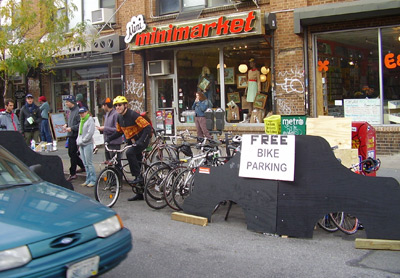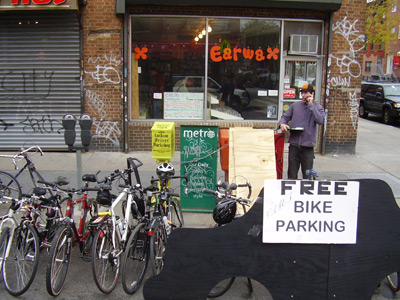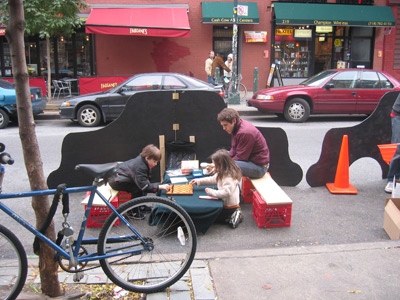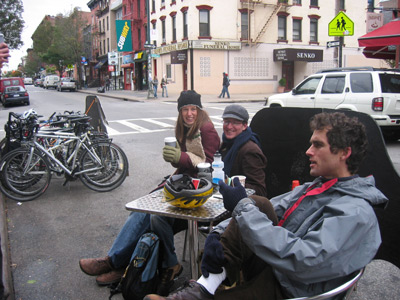A "divergent view" about camera surveillance and ticketing
Michael Daryabeygi writes (slightly edited but not for content):
You are all about friendly streets, right? What is friendly about being watched everywhere you go? There is a real trade off with this technology, and the benefits aren't adding up.
Pay attention to the ACLU. If you really think that this is not a precedent that will spill over into other areas of enforcement, then we will have to agree to disagree.You probably think I am a paranoid freak after getting worked up on the Columbia Heights list. But I work in data analysis. I know what can be done with large data sets and where the technology is heading. We don't all need to be paranoid yet, but we need to be on our guard for encroachment on our 4th amendment rights.
I again cite the Federal Highway Administration's study: A change of 23 injuries, out of almost 500. That is, a change of less than 5%. Injuries mind you, there is a mere change of only 4 out of4000+ accidents (type disregarded).This is not good enough to warrant the billing of these as safety measures. If they are going to be proliferated, let the truth be told, that it is about the money. Then let's see how much support they get.
________________________
My reply:
About civil liberties, I am with you on this issue actually. It's a slippery slope. Obviously, other places in the U.S. and overseas are much more cavalier about video surveillance--Baltimore is replete with it (the cameras have a flashing blue light so you at least know, but I wasn't able to dash off a quick photograph from the bus a couple weeks ago), and I remember reading a long piece in New Scientist about this maybe 8-10 years ago.
I just don't know what to do when our spaces are over-run by cars and incivility and we don't have the means in the interim to counter this. Pedestrians, bicyclists, and transit continue to lose out, badly, to the forces of personally-owned automobiles.
It's why I militantly advocate for non-car mobility, and make the point constantly about privileges vs. rights in terms of car ownership and usage and the provision of privileges, specifically on-street parking, to car owners to the exclusion of other street uses.
Dan Emerine alerts us to the "Transportation Alternatives' Parking Spot Squat; Bedford Avenue between N. 4th and N. 5th, Williamsburg, Brooklyn, October 29, 2005."
Maybe it's time we start doing "demonstrations" like these to call attention to the current imbalance that favors cars, even in a city, Washington, DC, which has a much better walking environment than most cities across the country. Even so, I feel like we are constantly losing the arguments on this issue to the car lobby.
 Bedford Avenue between N. 4th and N. 5th, Williamsburg, Brooklyn. At just $.50 per hour, it is not uncommon for a car to take up valuable curbside space for several hours on end. All photos from www.transalt.org.
Bedford Avenue between N. 4th and N. 5th, Williamsburg, Brooklyn. At just $.50 per hour, it is not uncommon for a car to take up valuable curbside space for several hours on end. All photos from www.transalt.org. The goal of T.A.'s Parking Spot Squat was to show that curbside parking spots can be put to more productive use.
The goal of T.A.'s Parking Spot Squat was to show that curbside parking spots can be put to more productive use. One parking spot can fit up to 15 noble bicycles...
One parking spot can fit up to 15 noble bicycles... three Grand Master chess players...
three Grand Master chess players... or three well-tipping diners.
or three well-tipping diners.Then we get into the issue of whether or not we could use such strategems in the intermediate run to level the playing field, and whether or not once there is more evenness between the forces of the car vs. the forces of public places and pedestrian-centricy, of getting rid of the cameras.
You and I both know that it is unlikely that "the forces of law and order" would want to give up this power.
What do we do?



0 Comments:
Post a Comment
<< Home